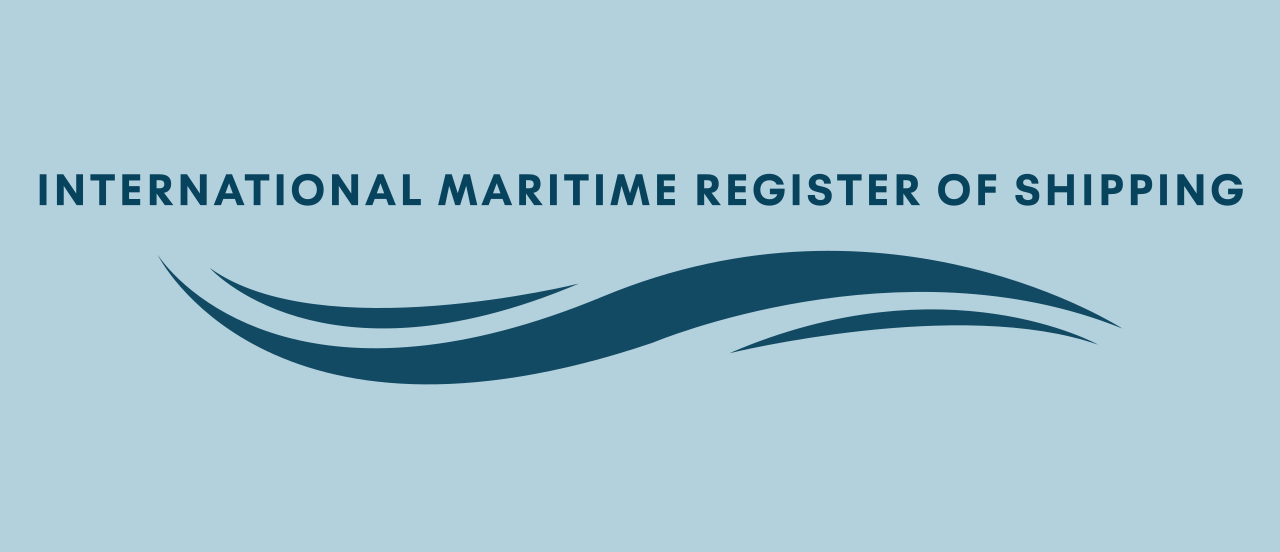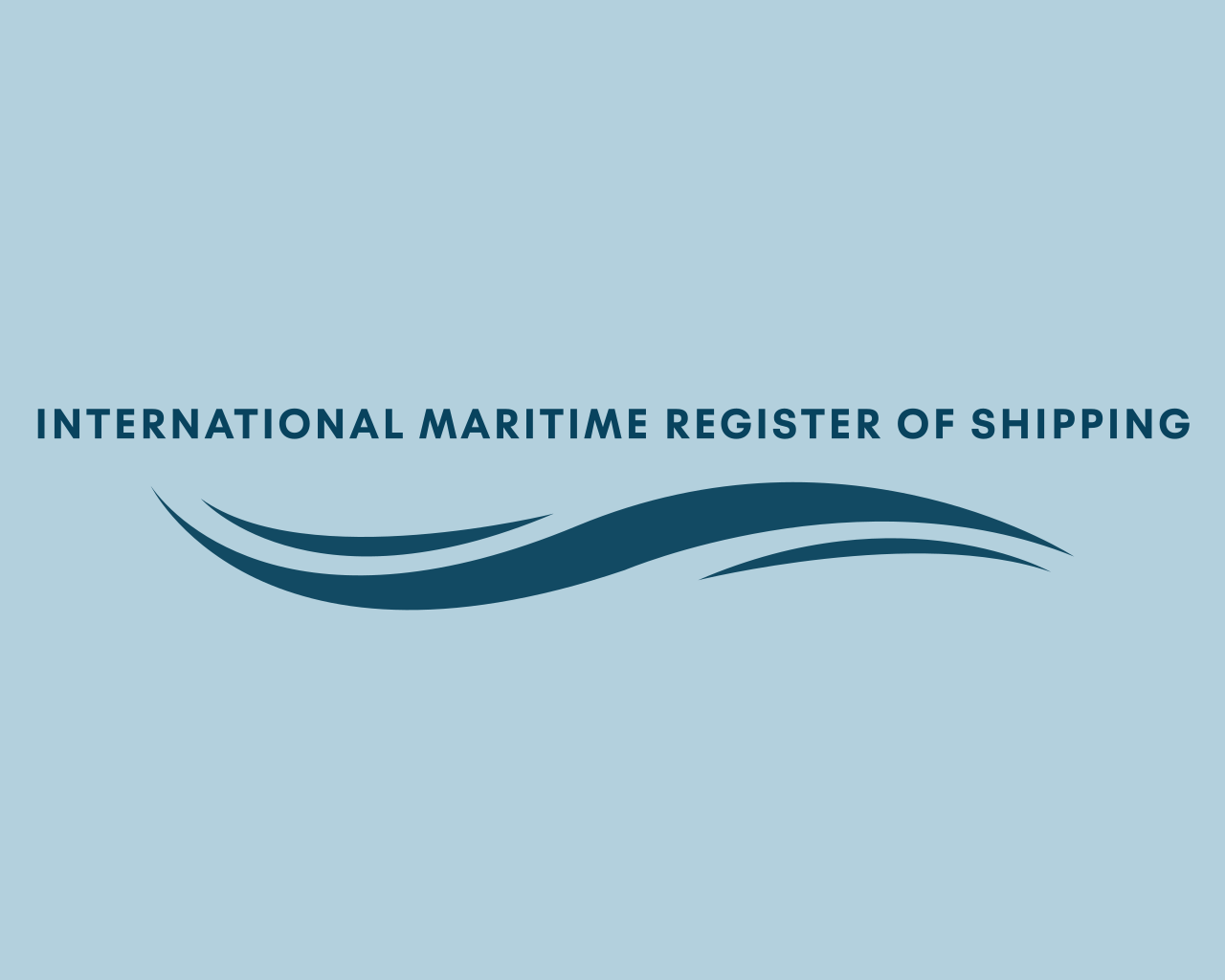Intermediate survey
The Intermediate Survey is a significant inspection conducted on ships by classification societies as part of their ongoing maintenance and certification process. It serves as an essential checkpoint to ensure the vessel’s continued compliance with classification rules and regulations throughout its operational life. Here’s an overview of the Intermediate Survey:
Purpose: The primary purpose of the Intermediate Survey is to assess the structural integrity, machinery performance, and safety equipment of the ship at regular intervals, typically midway between major surveys. This survey helps identify any emerging issues, wear and tear, or degradation that may require corrective action to maintain the vessel’s seaworthiness and compliance with classification standards.
Timing: The Intermediate Survey is conducted typically in conjunction with the third anniversary of the vessel’s classification. The exact timing may vary depending on factors such as the vessel’s age, trading pattern, operational history, and classification society’s rules and requirements. It should be done 6 months before or after the middle date of the 5 years survey cycle, i.e. 2.5 years from the special survey, but mostly it is done with the third anniversary date
Scope: The scope of the Intermediate Survey is comprehensive and includes a thorough examination of various aspects of the ship, including but not limited to:
- Hull Structure: Inspection of the hull for corrosion, cracking, deformation, and other signs of structural deterioration.
- Machinery and Equipment: Assessment of main propulsion systems, auxiliary machinery, electrical systems, and safety equipment for proper functioning and condition.
- Safety Systems: Verification of compliance with regulatory requirements for fire safety, life-saving appliances, navigation equipment, and pollution prevention measures.
- Documentation: Review of ship’s certificates, records, and maintenance documentation to ensure accuracy and completeness.
Outcomes: Based on the findings of the survey, the classification society may issue various outcomes:
- Certificate Endorsement: If the vessel meets all requirements, the class certificate may be endorsed for intermediate survey, subject to any conditions or recommendations identified during the survey.
- Recommendations: Any deficiencies or areas of non-compliance identified during the survey are documented as recommendations for corrective action.
- Conditions: In some cases, the class certificate may be subject to conditions or limitations until specific issues are addressed.
- Exemptions: The classification society may grant exemptions or waivers for certain requirements based on risk assessment and engineering analysis.
Follow-up Actions: Shipowners are responsible for addressing any deficiencies or recommendations identified during the Intermediate Survey. Corrective actions may range from minor repairs or adjustments to more extensive modifications or upgrades. The classification society may conduct follow-up inspections to verify that corrective actions have been implemented satisfactorily.
Benefits: The Intermediate Survey provides several benefits to shipowners, operators, insurers, and regulatory authorities, including:
- Assurance of continued compliance with international standards and regulations.
- Early detection and resolution of emerging issues, reducing the risk of costly repairs or unplanned downtime.
- Enhanced safety and reliability of the vessel, minimizing the risk of accidents and incidents.
- Maintenance of the vessel’s market value, reputation, and insurability.

